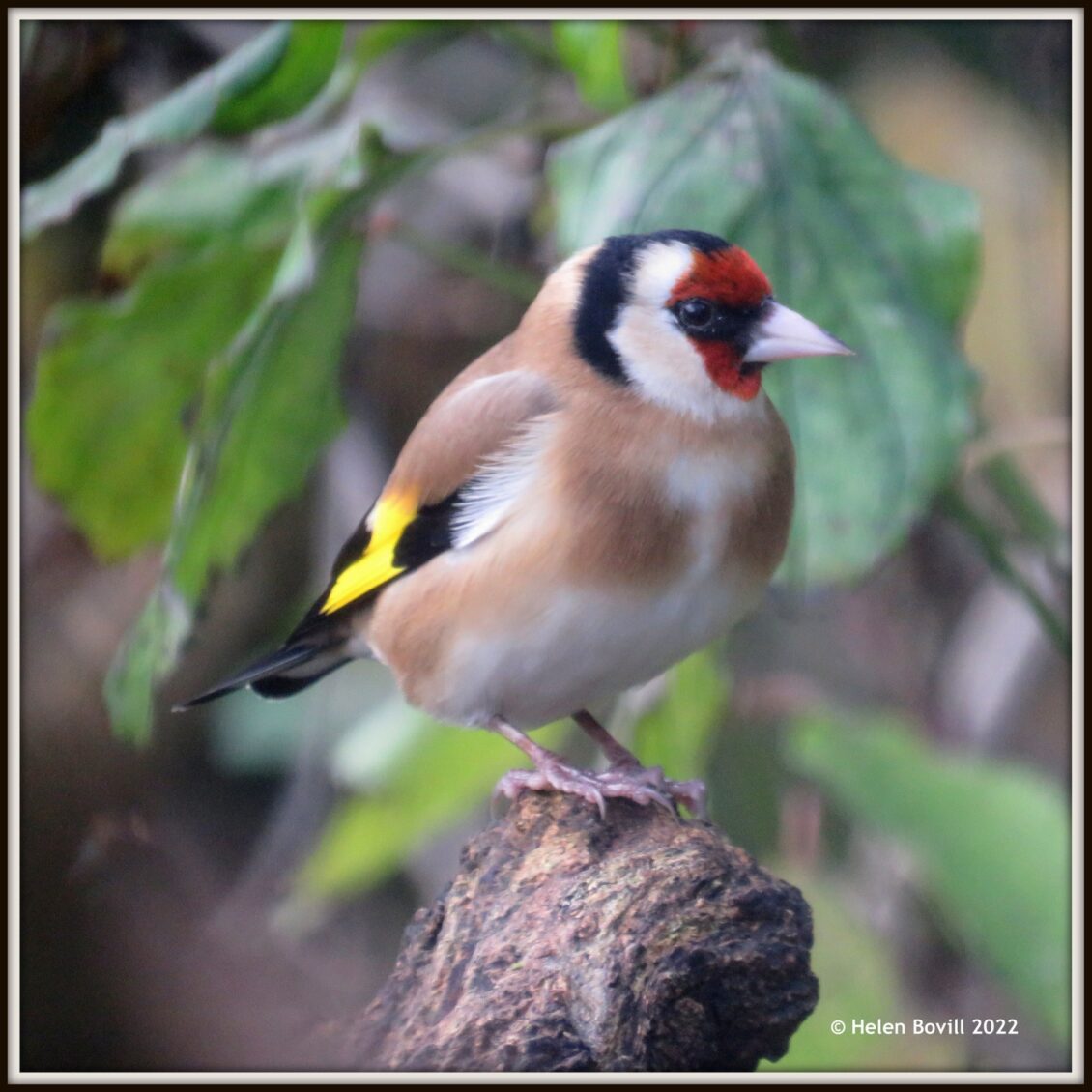What a wet month this has been! It was still quite mild at the start, but it got colder towards the end and there was even a light frost on at least one of those days. Despite all the rain the volunteers still managed to set hundreds of wildflower plants in the grass verge along Spring Bank West. These were provided by the Council and some of the Council officers also helped us to plant them. This will hopefully help to increase the biodiversity of the cemetery wildlife. We are all looking forward to seeing the plants growing and flowering next year!
Birds
I’ve started this report with a Goldfinch because her bright colours were a welcome sight on a dull, wet day. The difference between the male and female of this species is very subtle – please see link at the end of this report containing more information.
I’ve seen plenty of Blue Tits, Great Tits and Chaffinches in the cemetery. These seem to be the commonest of the small birds – I see them every day without fail. Small groups of Chaffinches can often be seen feeding on the ground. The females are pale brown and at a glance can sometimes look like Sparrows.
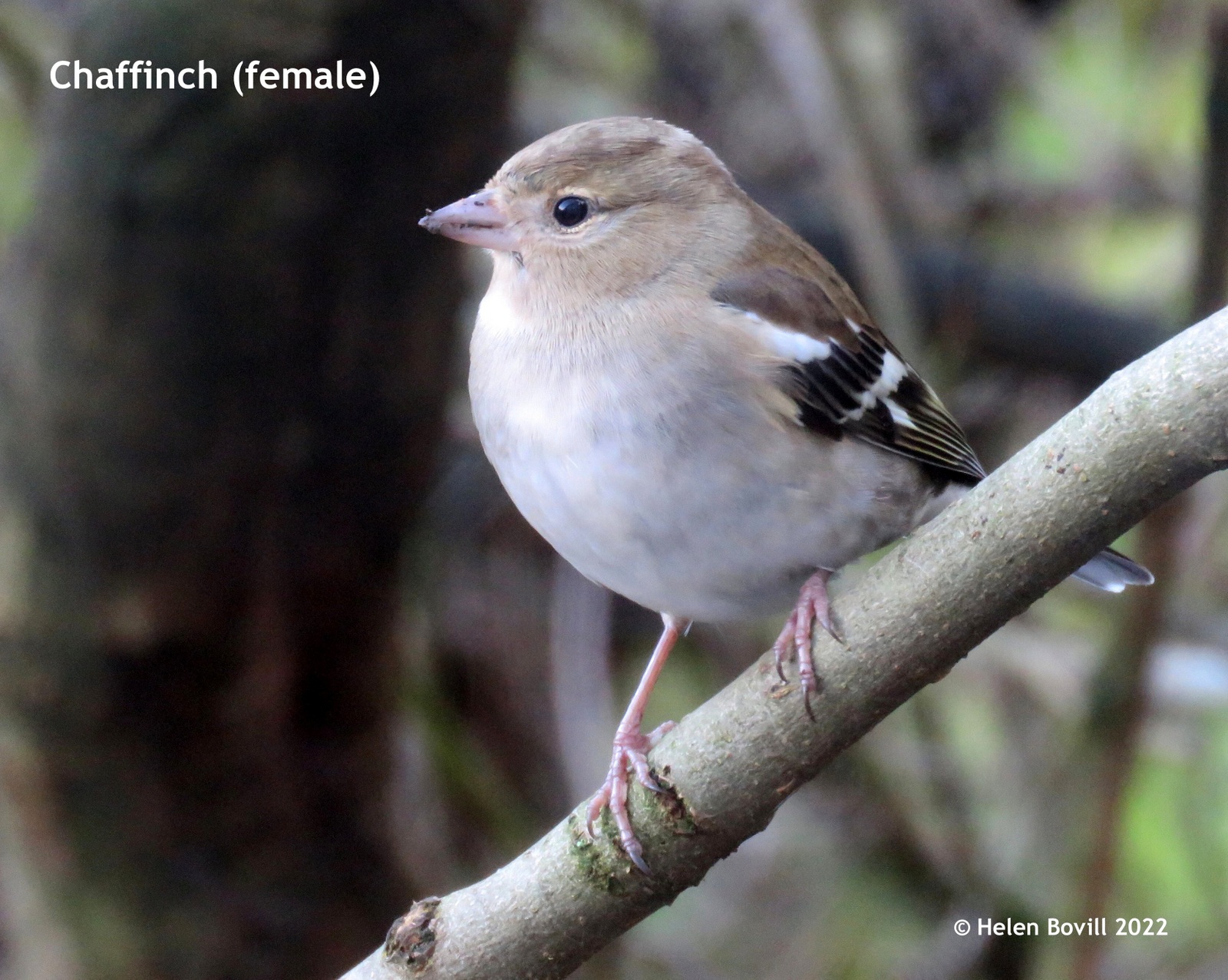
I usually see at least one Robin although there are several of these highly territorial and inquisitive birds around. I also saw a small flock of Long-tailed Tits calling to each other as they foraged for insects in the trees.
I’m happy to report regular sightings of Coal Tits again. These are the same size, possibly slightly smaller, than Blue Tits.
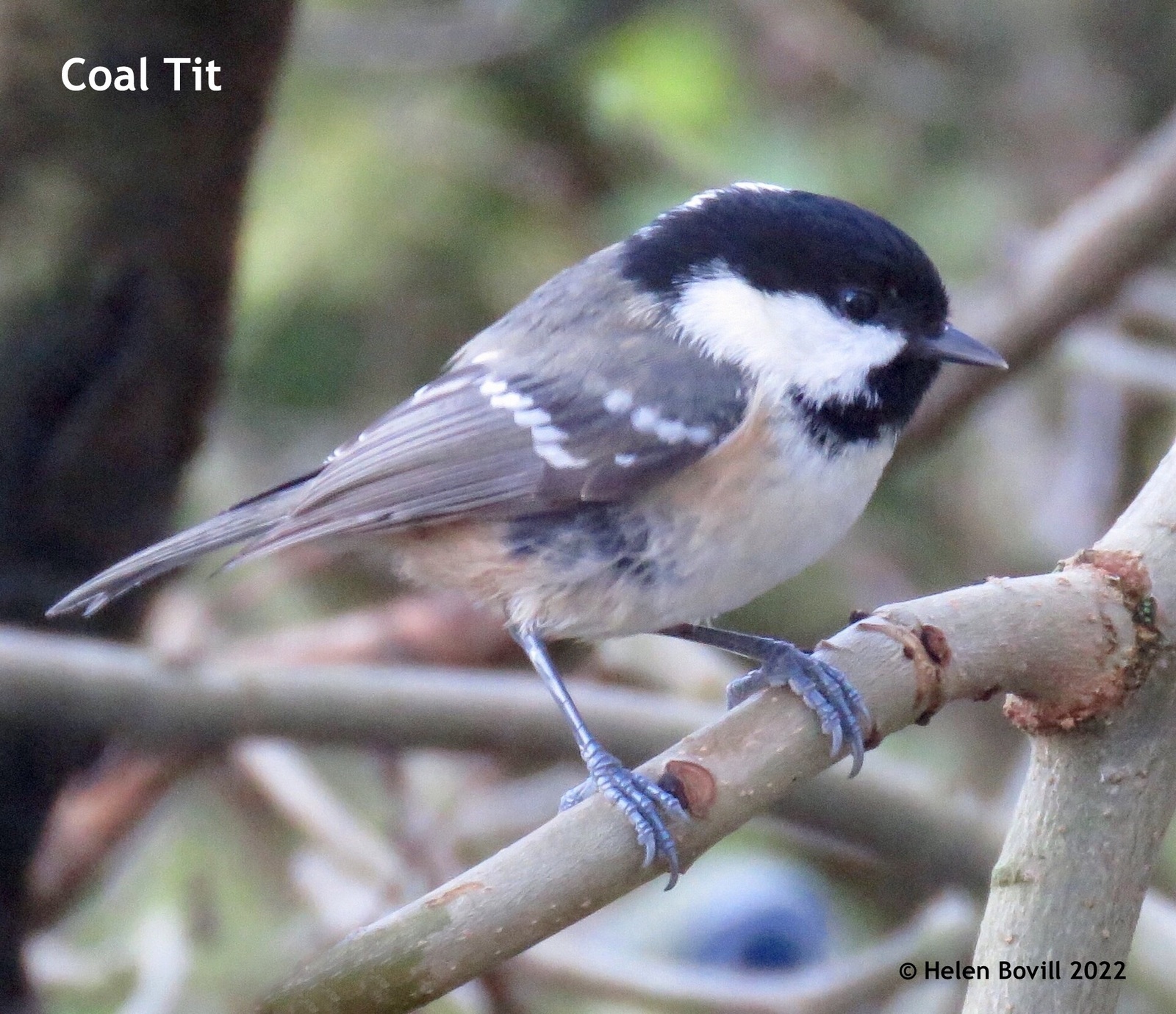
As you can see it lacks the blue and yellow colours of the Blue Tit and instead has light brown sides. It has a white patch on top of its black head.
Nest Box Survey and Maintenance
Earlier this month we did our annual check of the nest boxes to see which ones had been used. To qualify as “used” the box had to contain a complete nest. Many of those nests were tightly packed into the nest boxes – note the slightly squared corners of this one.
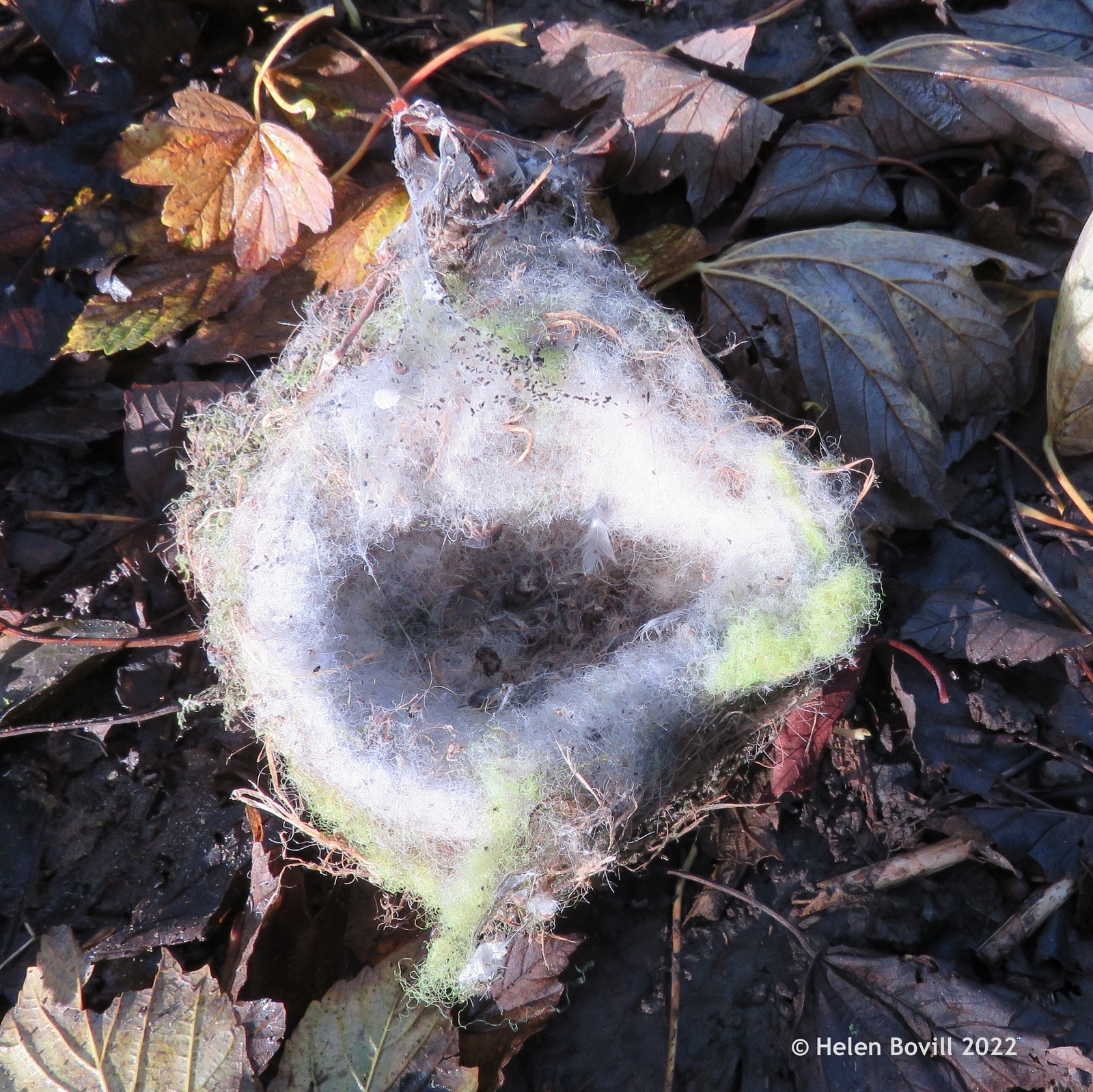
We found a variety of materials had been used. The one above seems to have been made from a white man-made material (possibly some sort of stuffing) and the outside of a tennis ball (green material). But most were made of mainly natural materials such as moss and plant stems.
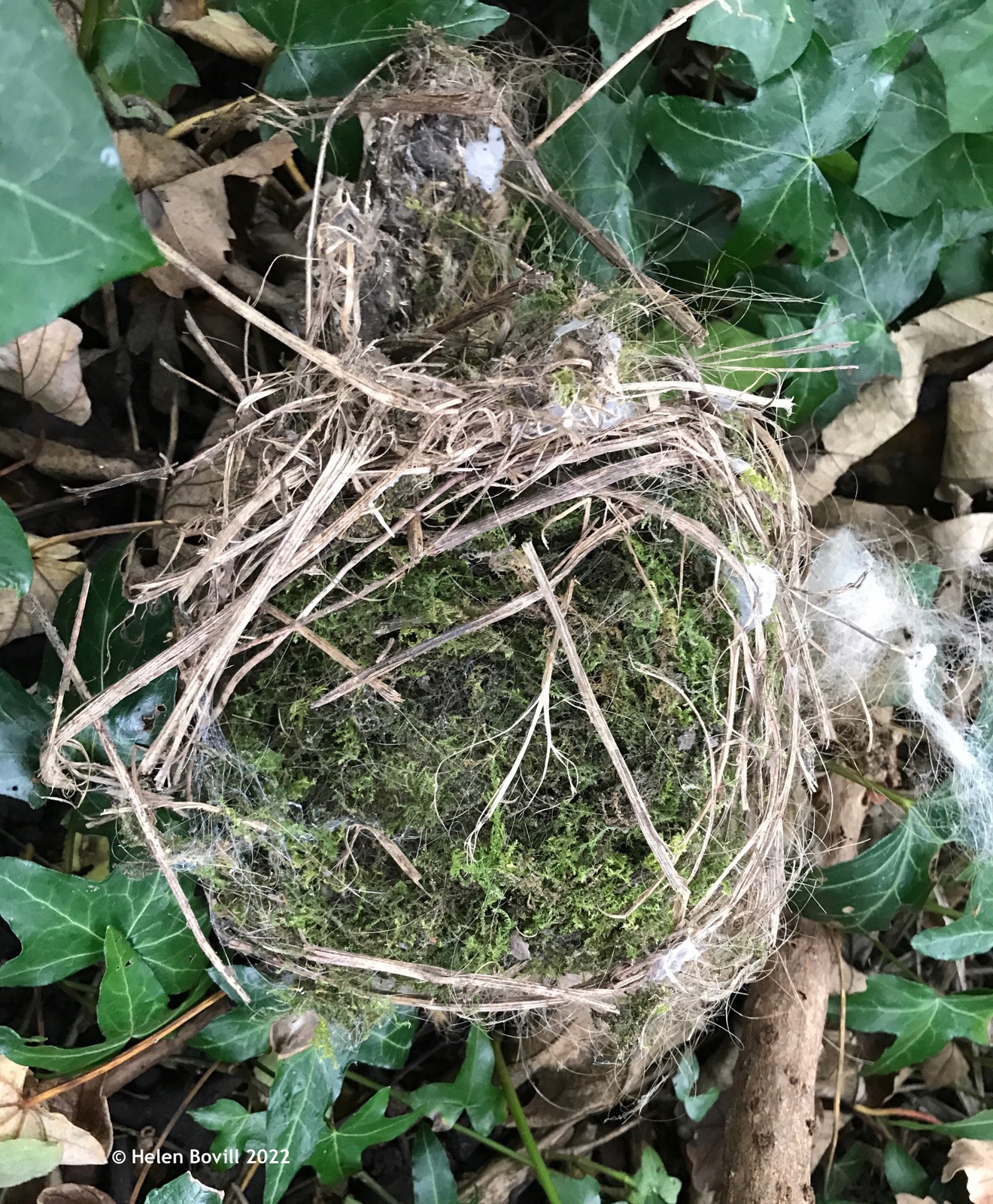
We also found a few of the boxes contained unhatched eggs – more than last year. I wonder if the hot summer weather encouraged the birds to try for a second or even a third brood? The cold weather would then have arrived before the eggs had time to hatch. One nest contained a dead chick that hadn’t managed to fledge and another nest contained the skeleton of what appeared to be a chick. We also found quite a lot of woodlice in the nests. All the old nests and nest material were removed from the boxes leaving them nice and clear for next year’s inhabitants.
Conclusion of Survey
We checked a total of 51 boxes and found that 31 of them had been used, giving an occupancy rate of 60.78%. It’s impossible to produce a completely scientific analysis of what constitutes a successful nest box because there are so many different factors involved. Design of box, size of entrance hole, position in the cemetery such as being near houses, near a road or footpath and so on all have to be considered.
Nevertheless a pattern has emerged over the 3 years we’ve been monitoring the nest boxes. It seems the boxes in the most central parts of the cemetery were least likely to be used; those near the footpaths had good occupancy rates. This includes the footpath nearest to Spring Bank West. This was a surprise considering how busy that road can often be. We also have a total of 13 boxes that have been used every year. But it does seem that we now have more than enough boxes for the existing bird population.
And the inhabitants of the boxes? Mainly Blue Tits, Great Tits and possibly Coal Tits. And Pigeons in the only one of the two Owl boxes we have that had been occupied this year. The other Owl box had not been used and still contained the nesting material we’d put there (as recommended) in the same condition that we left it in. Good proof that our boxes are nice and waterproof!
Trees and Plants
There were some lovely colours on the trees in the early and middle parts of the month.
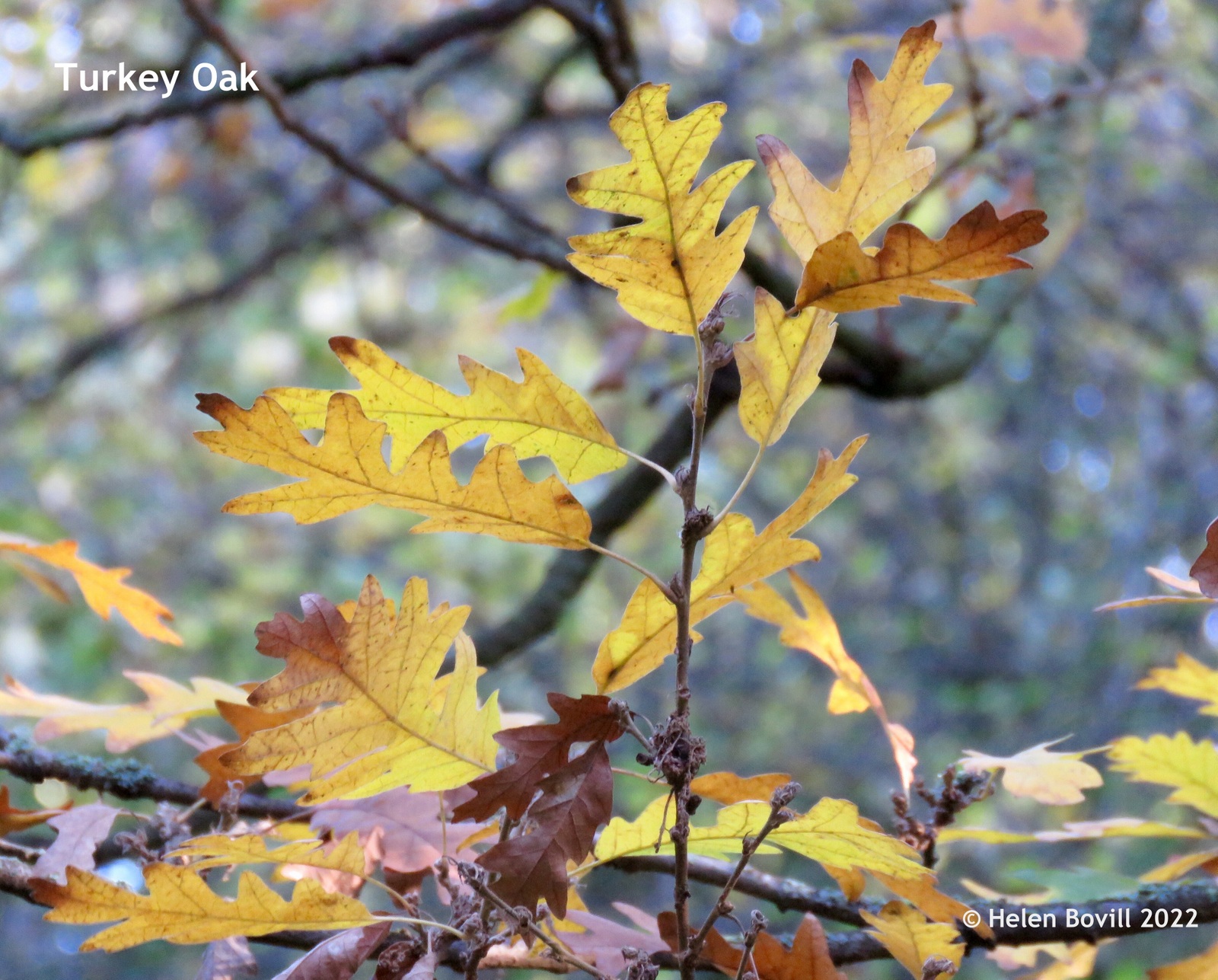
The rain really brought out those colours, especially on the leaves of the Norway Maples.
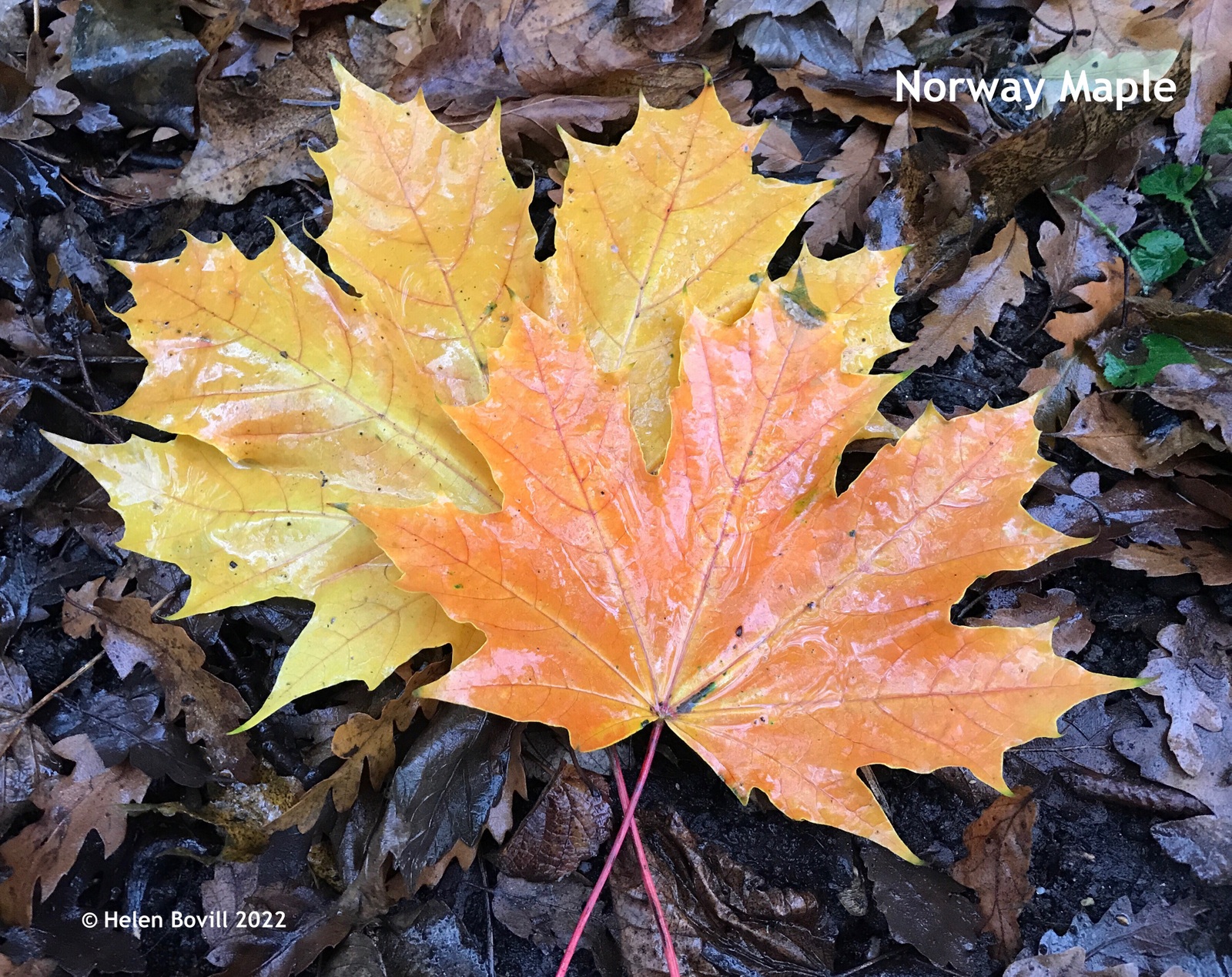
There are still plenty of fruits on the Pyracantha and the Holly, and I even found some Brambles still ripening. But all are great sources of food for the cemetery wildlife to eat.
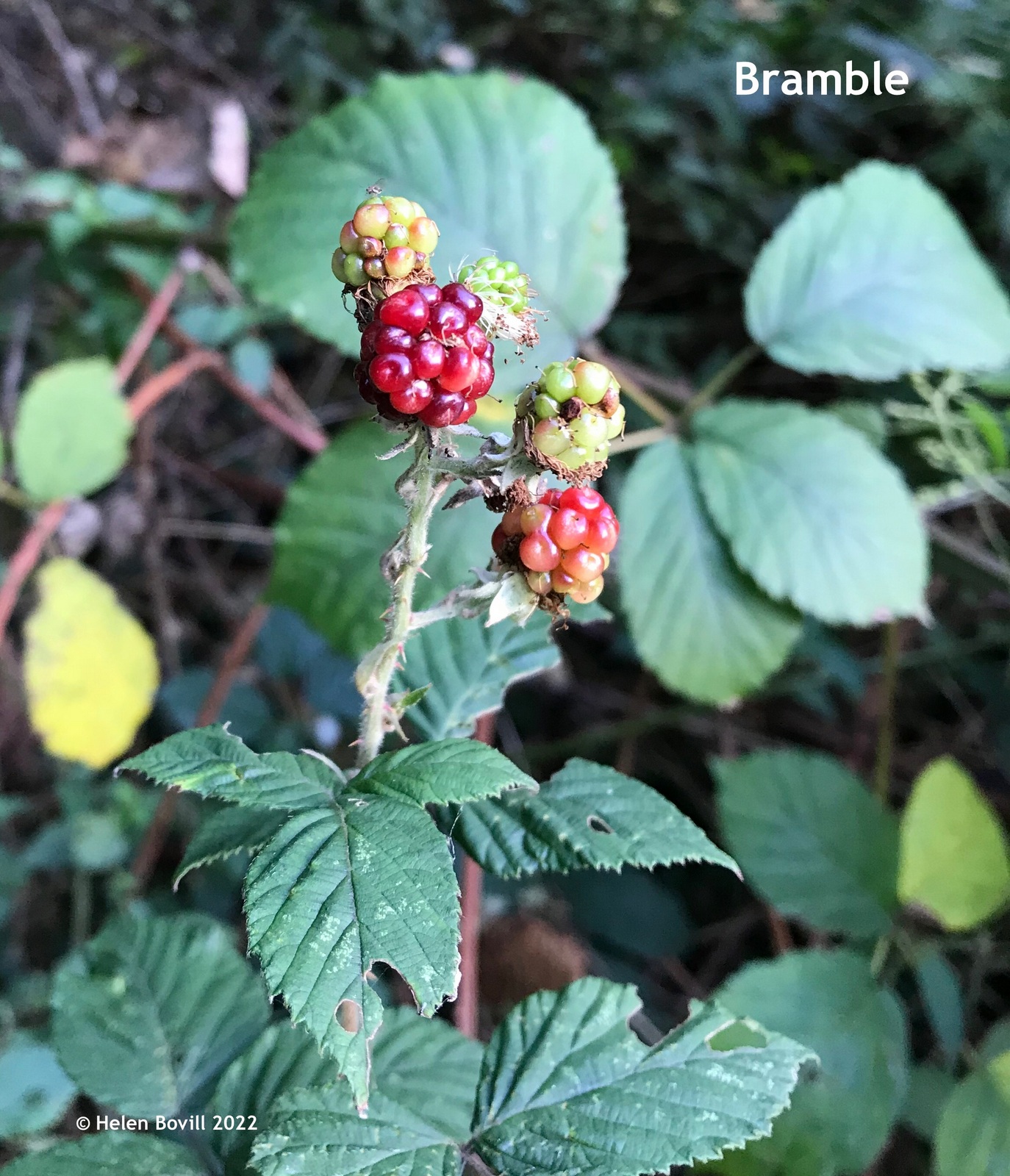
There were hardly any plants in flower this month. I did manage to find some Red Campion though.
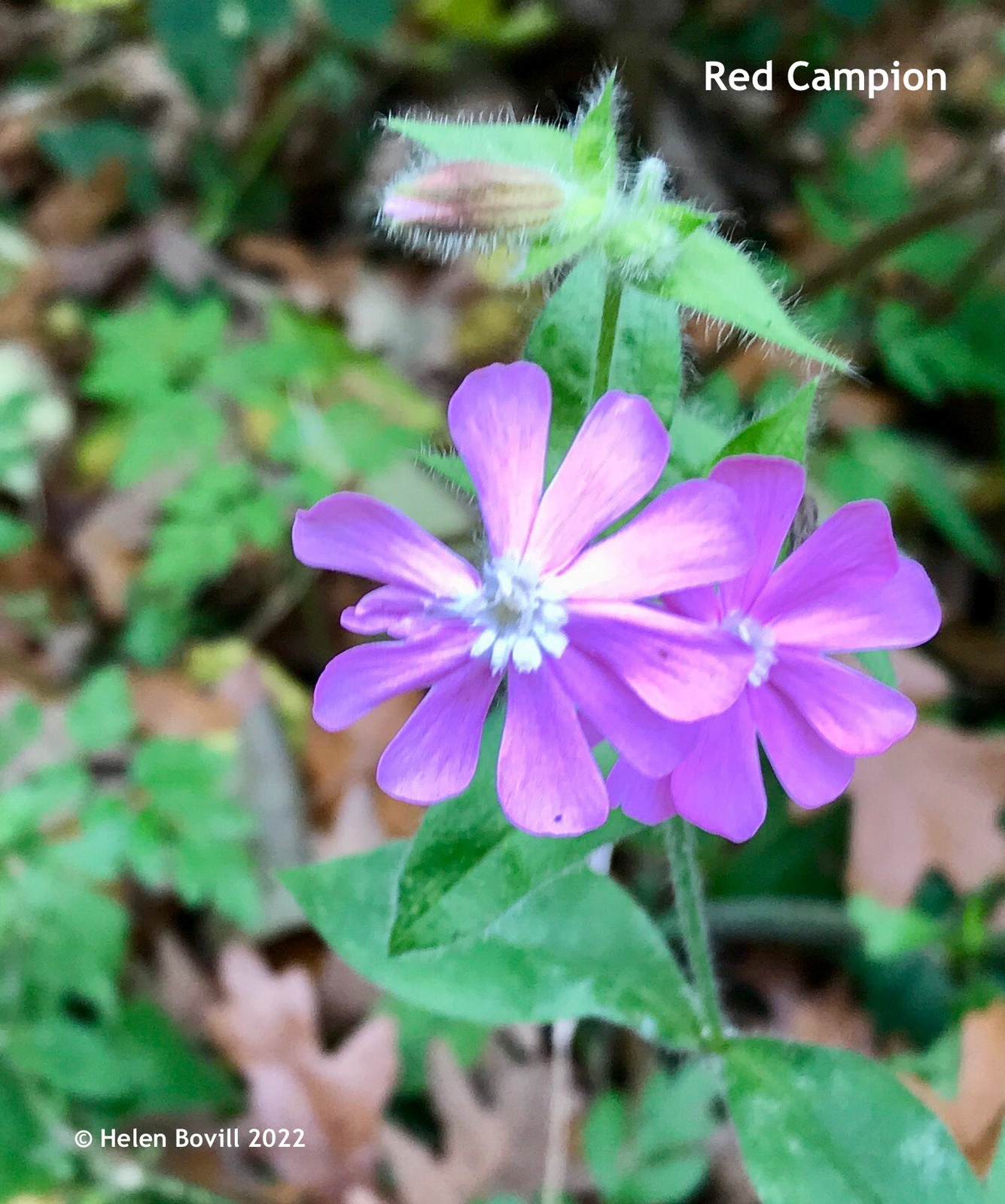
I can usually rely on the grass verge along Spring Bank West to provide some flowers, but this month I only found a couple of Dandelions and a bit of Groundsel. The flowers of the Groundsel never open fully – instead they stay compacted in a tubular shape that’s slightly wider at the top.
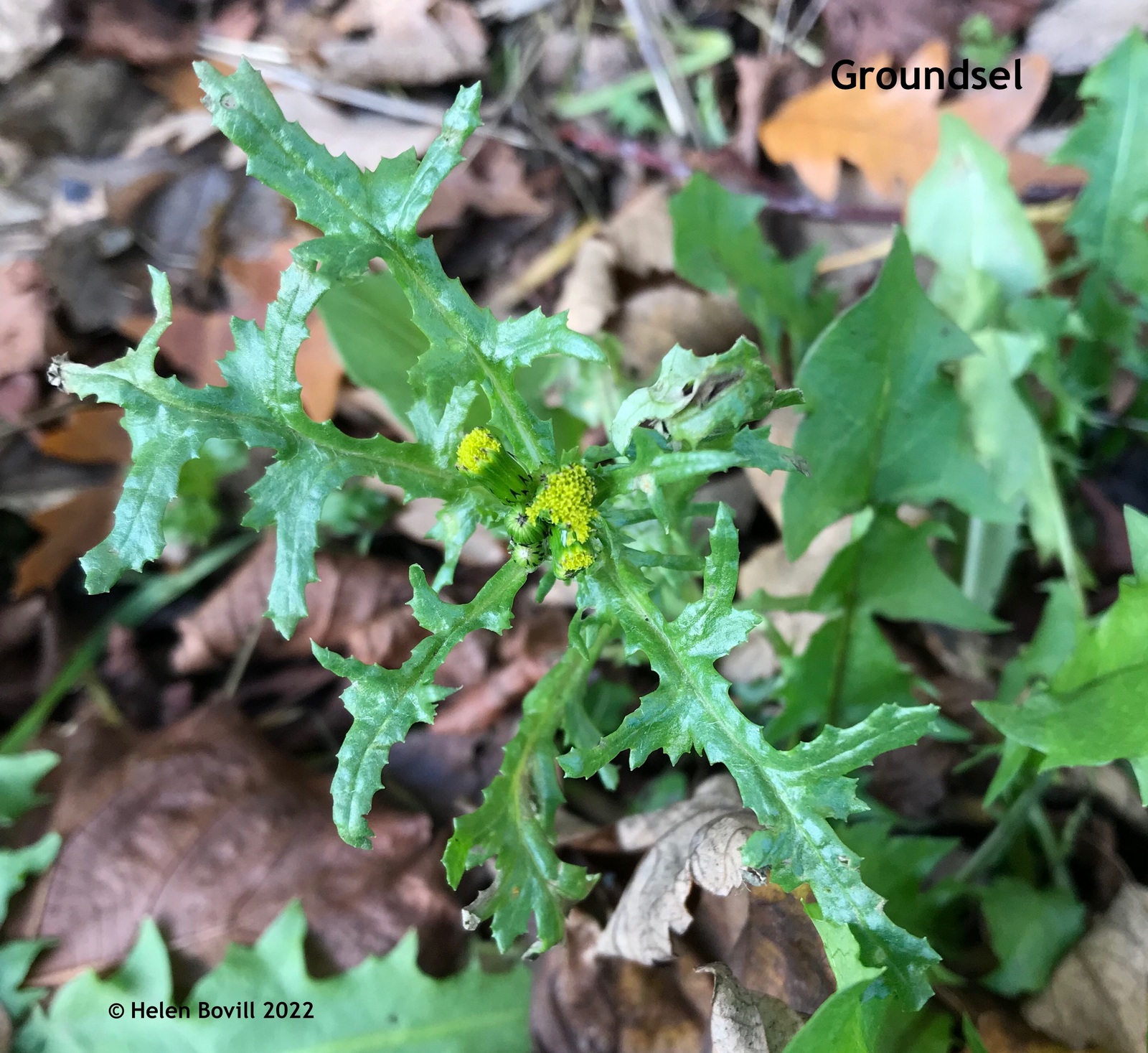
But because we set so many new plants along the grass verge it should look even better than usual next Spring and Summer. I’ll be able to tell you which have flourished because I’ve been monitoring the verge for a few years now and I know what’s usually there.
Insects and Other Small Creatures
I saw one butterfly right at the start of the month, this female Large White. She looked a bit faded and her two black spots were only just visible. The male has no spots.

I still keep seeing Ladybirds in various places around the cemetery, and hoverflies and bees feeding on the Ivy flowers. Then I found these on a fallen log a few days ago and wondered what they could be.
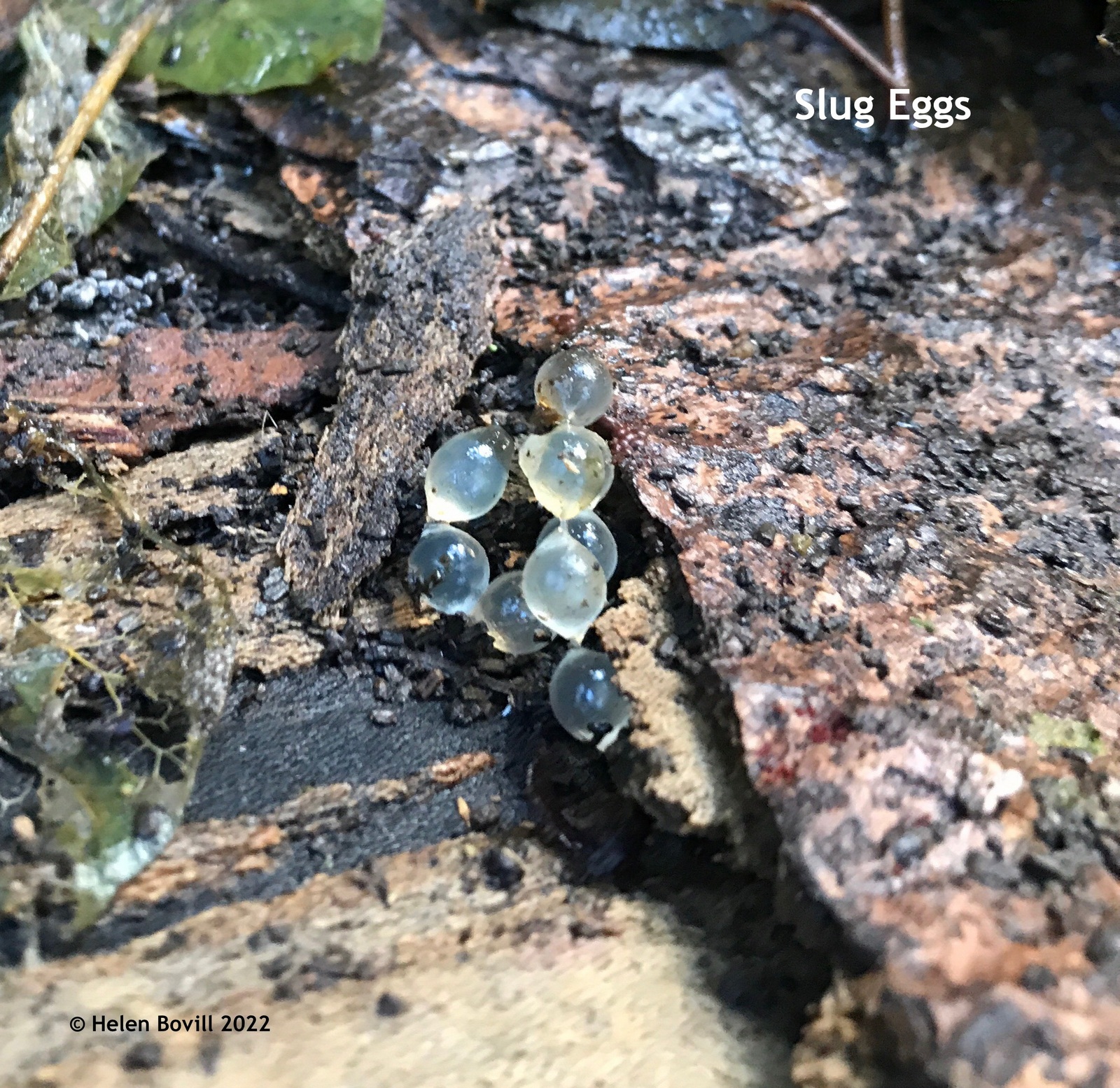
It turns out they’re either snail or slug eggs. I think they’re most likely to be slug eggs because I couldn’t see any shell markings on their insides. I will keep checking them though, provided they don’t get eaten by the cemetery wildlife!
Mushrooms
November has been a good month for mushrooms and fungi, including Velvet Shank and Jelly Ear. But as usual I haven’t been able to identify all of them for certain. I also noticed some Silverleaf Fungus starting to appear again on the same fallen log as in previous years.
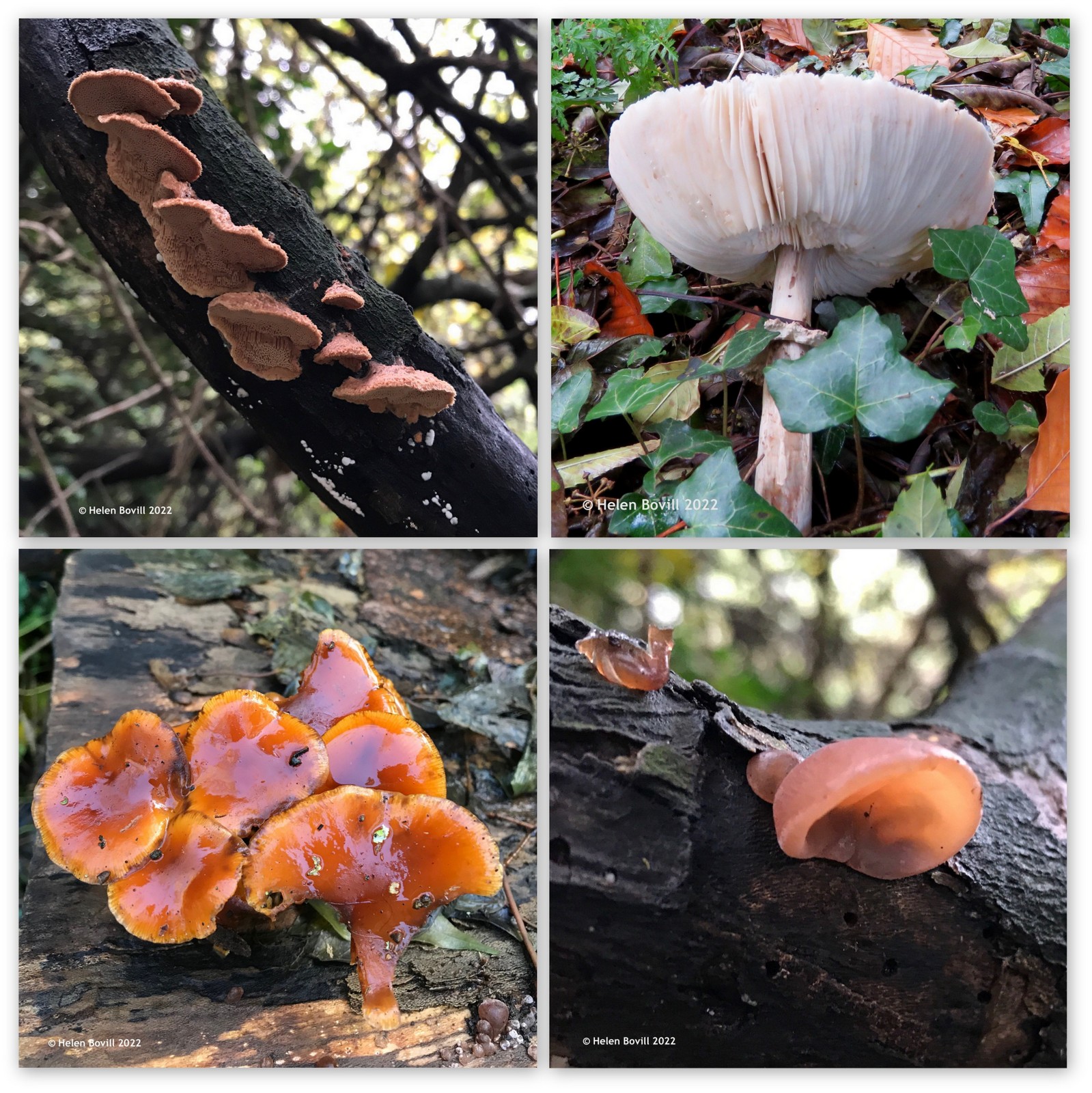
Conclusion
November has been a very wet month but it hasn’t prevented the volunteers from carrying out the jobs we usually do at this time of the year. This includes placing poppies on the headstones of the war dead. And for the first time, both of our commemorative bird boxes (one for WW1 and the other for WW2) have been occupied. But both of them by birds I hasten to add. It is very rewarding to see human-related objects being used by the cemetery wildlife!
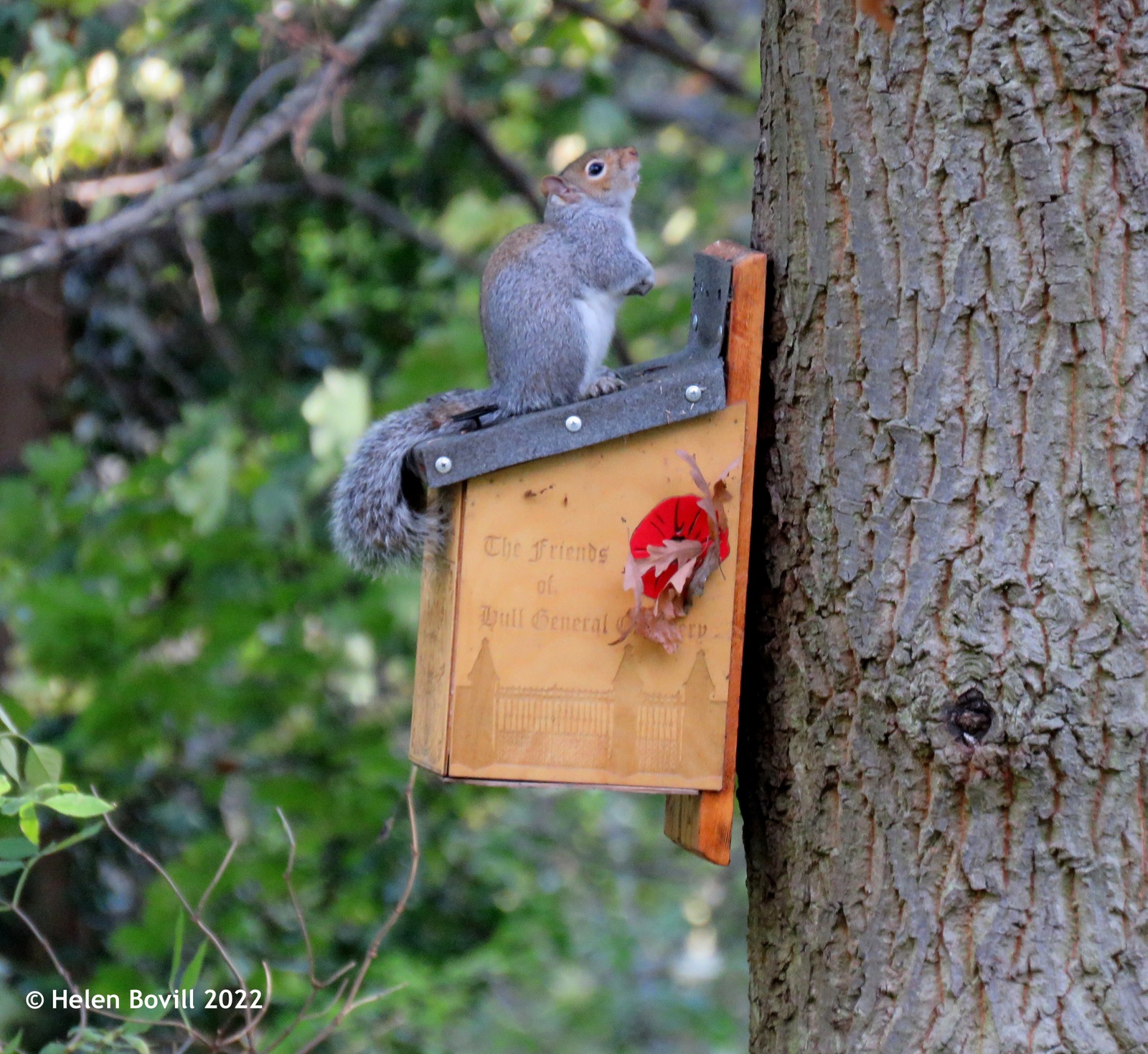
Link to more information on those commemorated on the nest boxes:- https://friendsofhullgeneralcemetery.com/history/war-dead/
Link to information on the differences between male and female Goldfinches:- https://birdfact.com/articles/female-european-goldfinches


